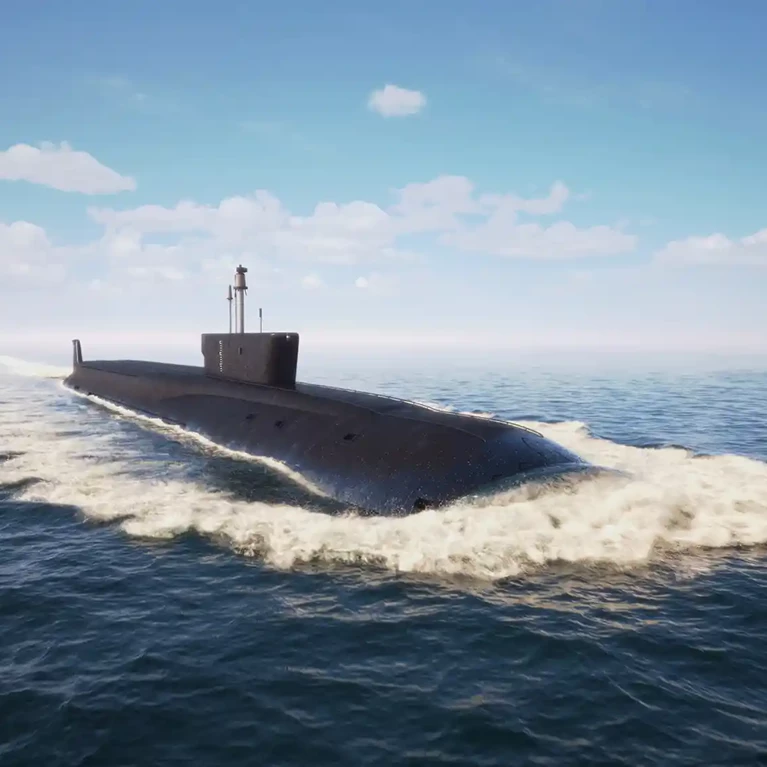
ASME and ISO Compliance
We are certified custom metal fabricators that deliver high quality, consistency, repeatability and reliability. Our in-house engineers, metallurgists, and QA inspectors and testers are dedicated to the highest standards, knowing that the products we produce are put to the test every day in some of the toughest industrial applications in the world. Our distinctive commitment to quality is reinforced by our certifications for process equipment, nuclear power components, and custom metal fabrications.
Sustainable Manufacturing
AT&F is committed to world-class environmental management in our internal practices as well as on behalf of our customers. We do this by:
- Making unique contributions to primary green technologies such as cellulosic ethanol, wind, solar and nuclear power
- Applying environmentally friendly production practices from purchasing to construction to production and passing savings on to customers
- Internalizing a reduce-reuse-recycle strategy to slash waste


AT&F Quality Policy
We are committed to the fabrication of metal products that are reliable, functional and cost-effective. We strive to achieve this by:
- Understanding and meeting customer, regulatory and statutory requirements
- Developing seamless processes internally and fully integrating the services provided by our suppliers and partners
- Monitoring our performance through performance metrics in order to continually improve our processes and products
- Utilizing our ISO 9001:2015 quality management system for all company processes everywhere, every time, without exception
- Continually improving our enterprise and our quality management system